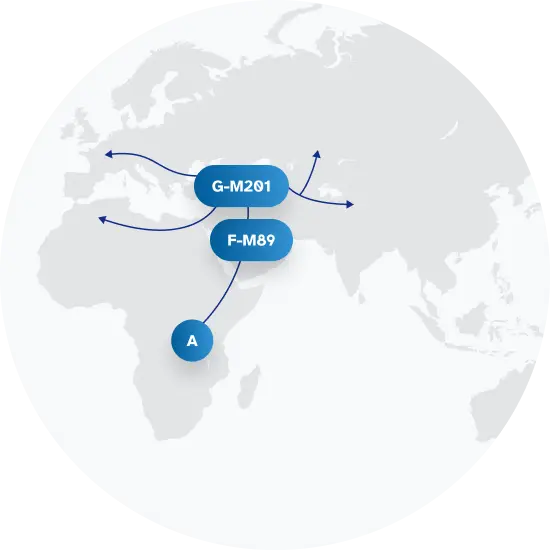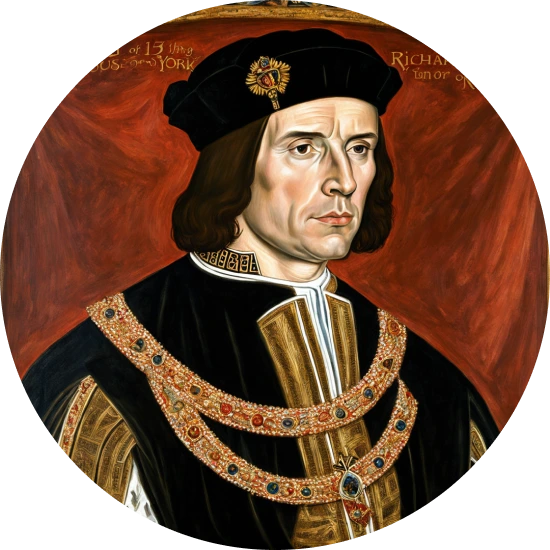Explore the Family Name Haber
How common is the last name Haber in the United States?
The popularity of the surname Haber, based on data from the Decennial U.S. Census, has seen a slight decline over a decade. In 2000, the name was ranked 6,086th in terms of frequency and by 2010, it had dropped to the 6,458th spot, indicating a decrease of 6.11%. Despite this, the actual count of individuals bearing the surname increased modestly from 5,202 in 2000 to 5,258 in 2010, recording a 1.08% growth. However, when considering the proportion per 100,000 people, there has been a decrease of 7.77%, moving from 1.93 in 2000 to 1.78 in 2010.
| 2000 | 2010 | Change | |
|---|---|---|---|
| Rank | #6,086 | #6,458 | -6.11% |
| Count | 5,202 | 5,258 | 1.08% |
| Proportion per 100k | 1.93 | 1.78 | -7.77% |
Race and Ethnicity of people with the last name Haber
Looking at the ethnic identity associated with the surname Haber, again using data from the Decennial U.S. Census, the majority is claimed by the White demographic which constituted 94.39% in 2000 and saw a small decrease to 91.18% in 2010. The surname has seen an increase among Hispanics, from 3.09% in 2000 to 5.15% in 2010, representing a substantial growth of 66.67%. The Asian/Pacific Islander, Two or more races, Black, and American Indian and Alaskan Native demographics also saw increases in 2010, with the highest growth rate observed in the 'Two or more races' category, which surged by 61.70%.
| 2000 | 2010 | Change | |
|---|---|---|---|
| White | 94.39% | 91.18% | -3.4% |
| Hispanic | 3.09% | 5.15% | 66.67% |
| Two or More Races | 0.94% | 1.52% | 61.7% |
| Asian/Pacific Islander | 0.98% | 1.39% | 41.84% |
| Black | 0.44% | 0.55% | 25% |
| American Indian and Alaskan Native | 0.15% | 0.21% | 40% |
Haber ancestry composition
23andMe computes an ancestry breakdown for each customer. People may have ancestry from just one population or they may have ancestry from several populations. The most commonly-observed ancestry found in people with the surname Haber is Ashkenazi Jewish, which comprises 44.9% of all ancestry found in people with the surname. The next two most common ancestries are British & Irish (17.0%) and French & German (13.4%). Additional ancestries include Eastern European, Spanish & Portuguese, Italian, Levantine, and Scandinavian.
Ready to learn more about your ancestry? Get the most comprehensive ancestry breakdown on the market by taking our DNA test. Shop 23andMe
| ANCESTRY BREAKDOWN | COMPOSITION |
|---|---|
| Ashkenazi Jewish | 44.9% |
| British & Irish | 17.0% |
| French & German | 13.4% |
| Other | 24.7% |

Possible origins of the surname Haber
Your DNA provides clues about where your recent ancestors may have lived. Having many distant relatives in the same location suggests that you may all share common ancestry there. Locations with many distant relatives can also be places where people have migrated recently, such as large cities. If a large number of individuals who share your surname have distant relatives in a specific area, it could indicate a connection between your surname and that location, stemming from either recent ancestral ties or migration.
Based on 23andMe data, people with last name Haber have recent ancestry locations in the United Kingdom of Great Britain and Northern Ireland and Ireland.
| RECENT ANCESTRY Location | Percentage |
|---|---|
| Greater Manchester, United Kingdom | 38.90% |
| Greater London, United Kingdom | 38.90% |
| Glasgow City, United Kingdom | 38.90% |
| Merseyside, United Kingdom | 38.30% |
| West Yorkshire, United Kingdom | 38.30% |
What Haber haplogroups can tell you
Haplogroups are genetic population groups that share a common ancestor on either your paternal or maternal line. These paternal and maternal haplogroups shed light on your genetic ancestry and help tell the story of your family.
The top paternal haplogroup of people with the surname Haber is G-P287, which is predominantly found among people with European ancestry. Haplogroup G-P287 is descended from haplogroup G-M201. Other common haplogroups include J-CTS5368 and E-M5021, which are predominantly found among people with European and European ancestry. Other surnames with similar common haplogroups are: Abrahams, Weisman, Kantor, Hyman, Rothman, Aronson, Resnick, Brody, Lerner, Schwartz.
The most common maternal haplogroups of people with Haber surname are: K1a1b1a, H1, H. These most commonly trace back to individuals of European ancestry.
 Paternal Haplogroup Origins G-M201
Paternal Haplogroup Origins G-M201
Your paternal lineage may be linked to Richard III
The much-maligned English Monarch, King Richard III, died in the Battle of Bosworth Field in 1485 — likely the result of a severe blow to the back of his head. Richard's body was buried in a friary church in Leicester, but the structure was demolished less than 100 years later thanks to the dissolution of the Catholic Church in England, and many thought his skeleton lost to time. But, in 2012, a team of researchers decided to launch a hunt for the monarch's remains. On the first day of excavations, archaeologists uncovered a human skeleton with signs of scoliosis and severe head wounds, which matched descriptions of the English King. To confirm his identity, scientists compared the skeleton's paternal haplogroup, haplogroup G-P287, to the Y-chromosomes of living, paternal-line descendants of Richard's great-great-grandfather, King Edward III. But, there was a mismatch, suggesting that if the skeleton did indeed belong to Richard III, there must have been at least one instance of false-paternity in the 19-plus generations separating King Edward III from his living descendants. However, the scientists also tested Richard's mitochondrial DNA, and found an exact match with a documented matrilineal descendant of Richard's sister, Anne of York. In early 2013, the University of Leicester announced that — beyond any reasonable doubt — the skeleton belonged to Richard. Richard III's paternal lineage belongs to the G-P287 (G2) branch of haplogroup G-M201 (G).
Your maternal lineage may be linked to Marie Antoinette
Because it is so dominant in the general European population, haplogroup H also appears quite frequently in the continent's royal houses. Marie Antoinette, an Austrian Hapsburg who married into the French royal family, inherited the haplogroup from her maternal ancestors. So did Prince Philip, Duke of Edinburgh, whose recorded genealogy traces his female line to Bavaria. Scientists also discovered that famed 16th century astronomer Nicolaus Copernicus traced his maternal lineages to haplogroup H.

What do people with the surname Haber have in common?
Spoiler alert: it's complicated. People with the same last name are usually no more genetically similar than a randomly sampled group of people from the same population. That said, people with the same surname are more likely to have similar ancestries than randomly sampled individuals. The reason is the tendency of people with similar cultural or geographical backgrounds to preferentially mate with one another. That's why people who share a surname may be more likely to share traits and tendencies in common than people within the general population. Check out the percentages below to see the prevalences of tastes, habits, and traits of people with your surname compared with prevalences among 23andMe users.
Preferences
Traits
Habits
Wellness
Are health conditions linked to the last name Haber?
The short answer is that, if there is an association between surname and health, it's usually more about your ancestry than your name. Individuals with a given surname are no more genetically similar than the general population but often have similar ancestries. The populations of people associated with those shared ancestries often have sets of genetic variations, also known as alleles, in common. Some of those alleles are associated with a greater likelihood of developing certain diseases.
Disease variant frequency by ancestry
Disease allele frequencies in populations associated with the surname Haber are shown below. Important Note: not everyone with a disease allele will develop these health condition





















